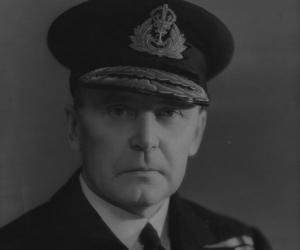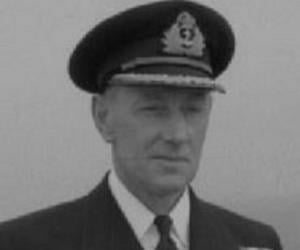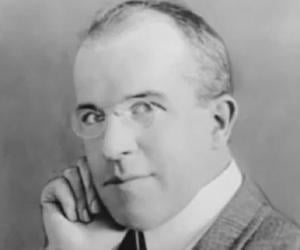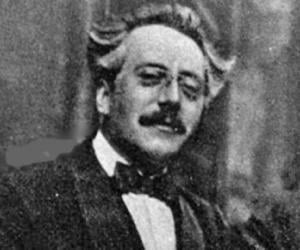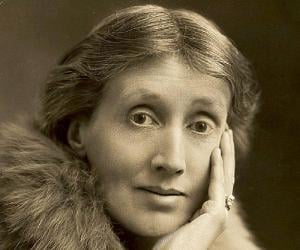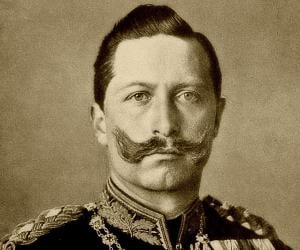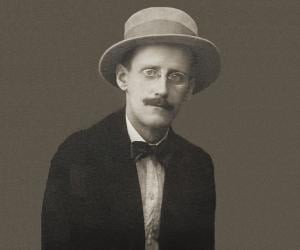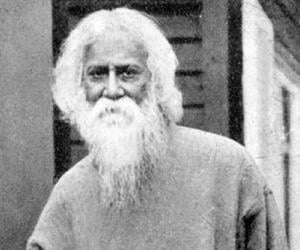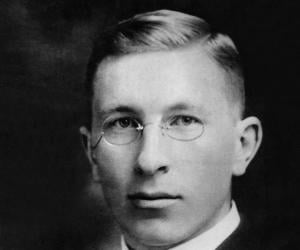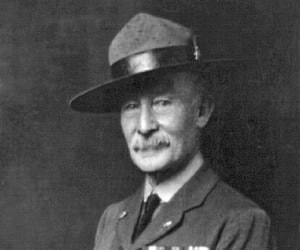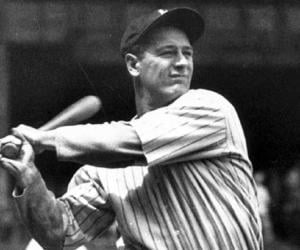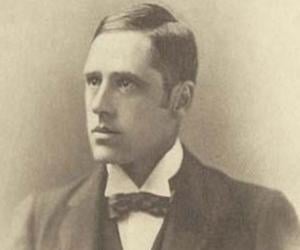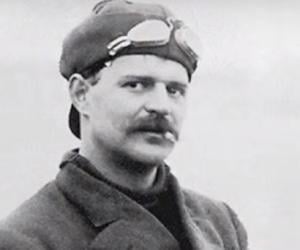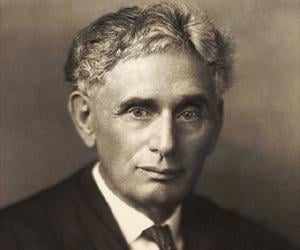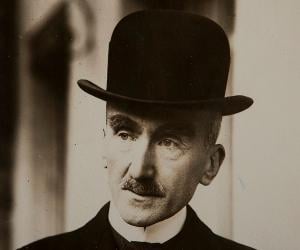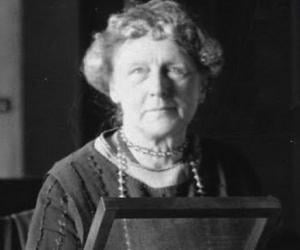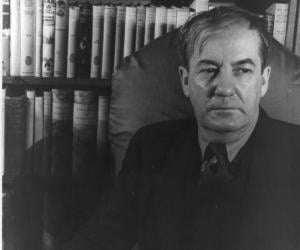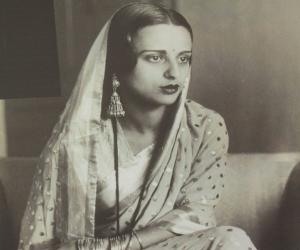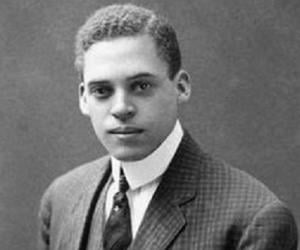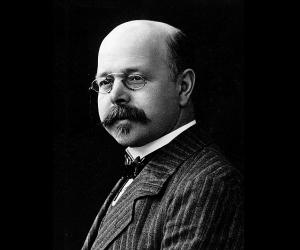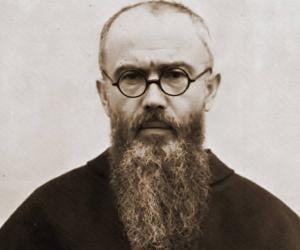Virginia Woolf was an English writer who pioneered a narrative mode called stream of consciousness to describe the thoughts and feelings of the narrator. Regarded as one of the most prominent modernist 20th-century writers, Woolf's works have gained much attention for inspiring feminism. Her life and work have inspired several films, novels, and plays.
Wilhelm II reigned as the King of Prussia and German emperor from 1888 to 1918. He is credited with promoting scientific innovation and building a blue-water navy, which strengthened Germany’s position as a great power. However, he was also responsible for getting his country involved in World War I, which eventually brought an end to the Hohenzollern dynasty’s rule.
James Joyce was an Irish novelist, poet, teacher, short story writer, and literary critic. Widely considered one of the 20th century's most important and influential writers, James Joyce contributed immensely to the modernist avant-garde movement. Joyce's work has influenced several scholars and writers, such as Jorge Luis Borges, Salman Rushdie, Seán Ó Ríordáin, Flann O'Brien, John Updike, and Cormac McCarthy.
Rabindranath Tagore was an Indian polymath who contributed greatly to the fields of literature, art, and philosophy. Referred to as the Bard of Bengal, Tagore is credited with reshaping Bengali literature and music. The first non-European to receive the Nobel Prize in Literature, Tagore is also credited with composing the national anthems of India and Bangladesh.
Frederick Banting was a Canadian medical scientist and physician. In 1923, Banting and Scottish biochemist John James Rickard Macleod received the Nobel Prize in Medicine for the discovery of insulin and its therapeutic potential. Aged 32 at that time, Banting remains the youngest Nobel laureate in physiology or medicine. He was knighted by King George V in 1934.
Lou Gehrig was an American baseball player. Nicknamed The Iron Horse for his durability and prowess as a hitter, Lou Gehrig played for the New York Yankees of the Major League Baseball (MLB). His life and career inspired the 1942 film The Pride of the Yankees in which he was portrayed by actor Gary Cooper.
Remembered for the legendary poems Waltzing Matilda and The Man from Snowy River, Andrew Barton “Banjo” Paterson was an Australian bush poet who depicted rural life through his works. Initially a law clerk and a journalist, he later adopted the pseudonym Banjo, which was his favorite horse’s name.
Louis Chevrolet was a Swiss race car driver. He is credited with co-founding the Chevrolet Motor Car Company, which is currently a major manufacturer of cars. He is also credited with founding the Frontenac Motor Corporation. Louis Chevrolet was inducted into several halls of fame, including the International Motorsports Hall of Fame and Motorsports Hall of Fame of America.
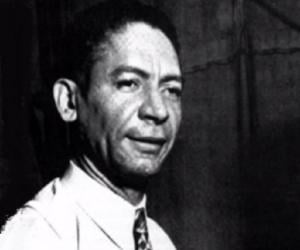
French philosopher, Henri Bergson, is remembered for his contribution to the tradition of continental philosophy. His works were considered extremely influential, especially during the first half of the 20th century. He received the Nobel Prize in Literature (1927) and Grand-Croix de la Legion d'honneur (1930). He was a simple man who led a humble life despite his great achievements.
After studying physics and astronomy at Wellesley College, Annie Jump Cannon traveled across Europe and focused on photography for a decade, before venturing to study astronomy again. At the Harvard Observatory, she made a considerable contribution to the classification of stellar bodies. She was almost deaf due to scarlet fever.
Amrita Sher-Gil was a Hungarian-Indian painter best remembered as a pioneer of modern Indian art. Widely regarded as one of the early-20th century's greatest avant-garde women artists, Sher-Gil's work has influenced several Indian artists like Arpita Singh and Sayed Haider Raza. Her life and career inspired the 1969 documentary film Amrita Sher-Gil which was directed by Bhagwan Das Garga.
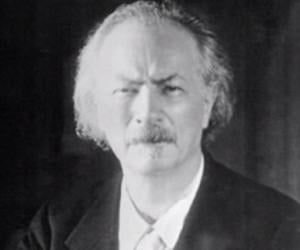
Ignacy Jan Paderewski was a Polish musician who went on to become the third Prime Minister of Poland after being a spokesman for Polish independence for a long time. He also played a significant role as the nation's foreign minister in 1919 when he signed the Treaty of Versailles, an important event that marked the end of World War I.
Ernest Everett Just was an African-American biologist and academic. He is credited with recognizing the fundamental role of the cell surface in the development of organisms. As a black boy growing up in the late 19th century, he had to face enormous challenges before he could establish himself in his career. He co-founded the Omega Psi Phi Fraternity, Inc.
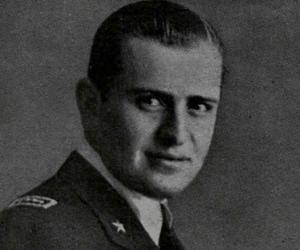
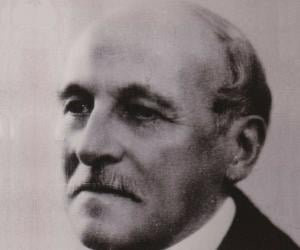
French author Maurice Leblanc is best known for creating the character Arsène Lupin, who has been part of 60 of Leblanc’s crime stories and novels. He quit his law studies to become an author. Several of his films have been turned into films. He also earned the Légion d'Honneur.
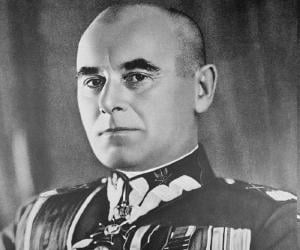
Edward Rydz-Śmigły was a Polish statesman, politician, poet, Marshal of Poland, painter, and supreme commander of Poland's armed forces. He was a much admired and respected public figure in Poland during the interwar period and was widely regarded as a national hero for his service as an army commander during World War I and the Polish–Soviet War.
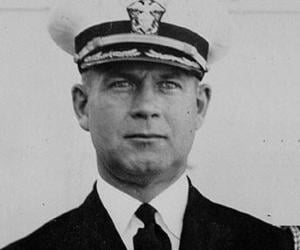
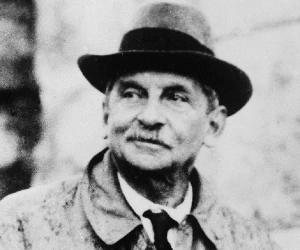
Walther Nernst was a German chemist best remembered for his work in physical chemistry, thermodynamics, solid state physics, and electrochemistry. He is credited with formulating the Nernst heat theorem, which was in turn used in the formulation of the third law of thermodynamics. Walther Nernst received the prestigious Nobel Prize in Chemistry in the year 1920.
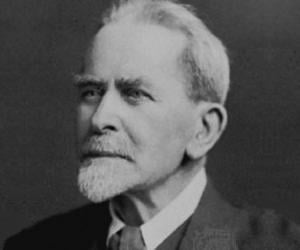

Maximilian Kolbe was a Polish Conventual Franciscan friar and a Catholic priest. Venerated as Saint Maximilian Kolbe, Maximilian is best remembered for volunteering to die at the death camp of Auschwitz in place of a stranger during World War II. In 1982, Pope John Paul II declared Maximilian Kolbe a martyr of charity.
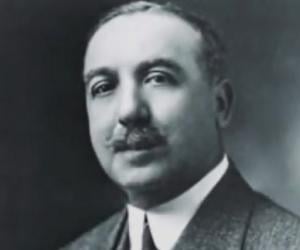
Director Edwin S. Porter, best known for films such as The Life of An American Fireman and The Great Train Robbery, revolutionized filmmaking with his pioneering technique of cross-cutting in editing. He had previously been a tailor and had served the US Navy, before being hired by the Edison Company.
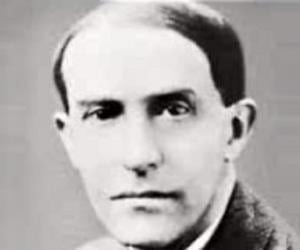
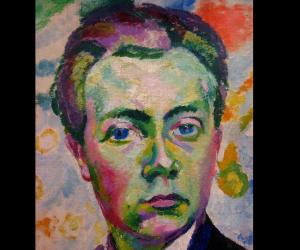
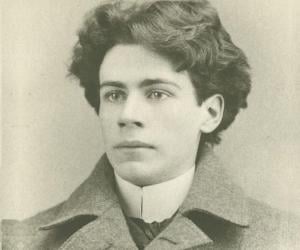
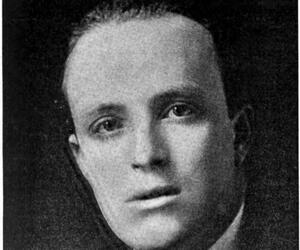
While he initially taught and read at the Anglican Church, British author Sir Hugh Walpole later focused on writing. He is perhaps best known for his works such as the Jeremy series of autobiographical novels and Mr. Perrin and Mr. Traill. He also penned scripts for a few Hollywood movies.
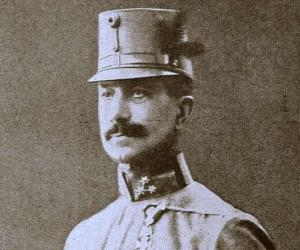
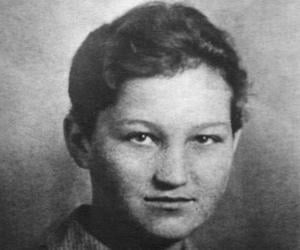
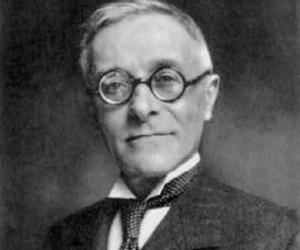
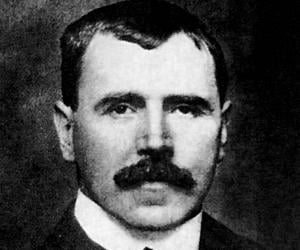
A major figure of the Glasgow school of painting, Irish painter John Lavery is remembered for his realism in his portraits, landscapes, and war paintings. Though made the official artist for World War I, health issues prevented him from fulfilling the role. He was, nevertheless, knighted for his achievements.
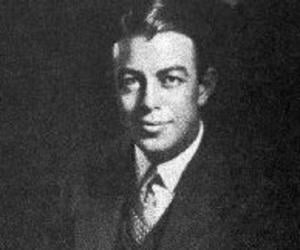
Benjamin Lee Whorf was a linguist cum fire prevention engineer. Along with his mentor Edward Sapir, he developed what is frequently called the “Sapir–Whorf hypothesis.” Even though he was a chemical engineer by profession, he developed an early interest in linguistics and presented several papers at linguistics conferences. Unfortunately, he died at the relatively young age of 44.
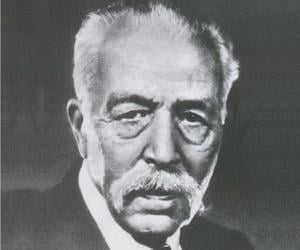
Gaetano Mosca was an Italian journalist, political scientist, and public servant. He developed the elite theory and is credited with co-founding the Italian school of elitism along with Robert Michels and Vilfredo Pareto. As a political journalist, Gaetano Mosca contributed immensely to popular Italian publications like the Corriere della Sera and the Tribuna.
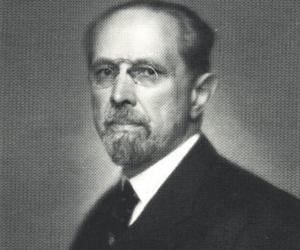
Werner Sombart was a German sociologist and economist. He was one of the 20th century's most important Continental European social scientists who served as the leader of the Youngest Historical School. Werner Sombart is credited with coining the phrase late capitalism. He is also remembered for his magnum opus, Der moderne Kapitalismus.
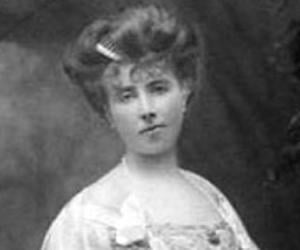
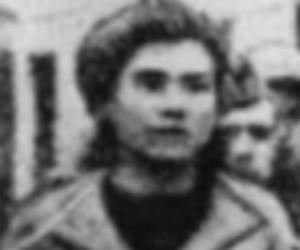

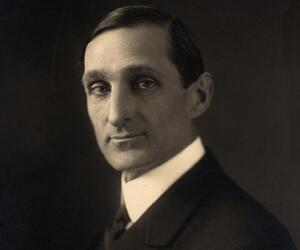
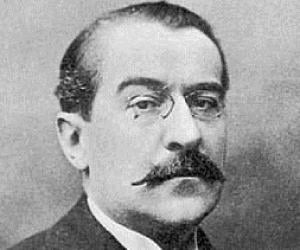
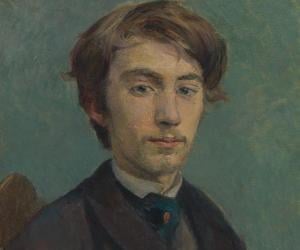
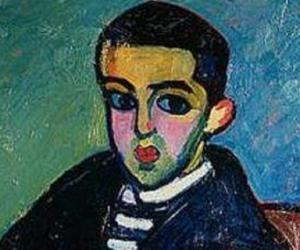
Alexej von Jawlensky was a Russian painter best remembered for his work in Germany. An influential figure, Jawlensky was an important member of several popular groups like the New Munich Artist's Association, The Blue Rider, and The Blue Four. The Jawlensky Award was established in his honor in 1991. The award is presented once every five years.
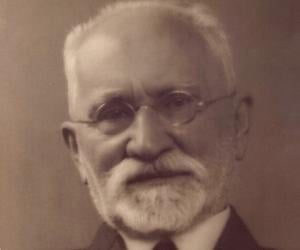
Russian historian Simon Dubnow is best remembered for instilling a sociological element in the study of Jewish history. A well-known teacher and author, he was also involved with the Jewish magazine Voskhod. He escaped to Germany to avoid Bolshevism but was eventually killed by the Nazis.
